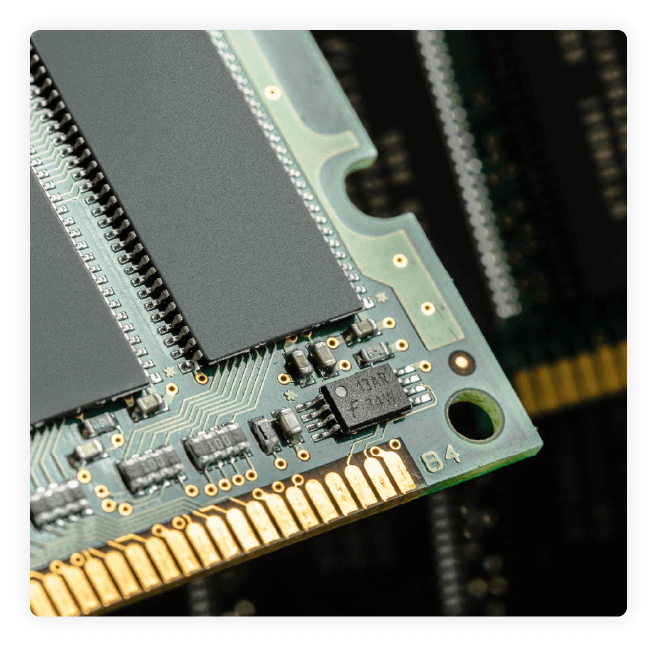Flexible PCB
Our experienced team is capable of designing and manufacturing custom flexible PCBs to suit any purpose. We offer PCB assembly service as well as rapid prototyping to quickly and affordably create prototypes for customer evaluation.


Novitates autem si spem adferunt, ut tamquam in herbis non fallacibus fructus appareat
For further discussion about PCB Assembly, please contact us.
Contact Us
Metals and Plastics
Horum adventum praedocti speculationibus fidis rectores militum tessera datasollemni armatos omnes celeri eduxere procursu et agiliter praeterito Calycad-ni fluminis ponte, cuius undarum magnitudo murorum...
Nec piget dicere avide magis hanc insulam populum Romanum invasissequam iuste. Ptolomaeo enim rege foederato nobis et socio ob aerariinostri angustias iusso sine ulla culpa proscribi ideoque hausto venenovoluntaria morte deleto et tributaria facta est et velut hostiles eius exuviae classi inpositae in urbem advectae sunt per Catonem, nunc repeteturordo gestorum.
